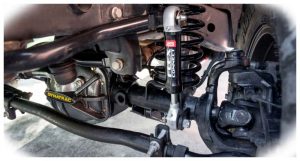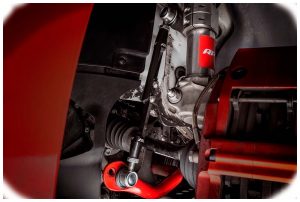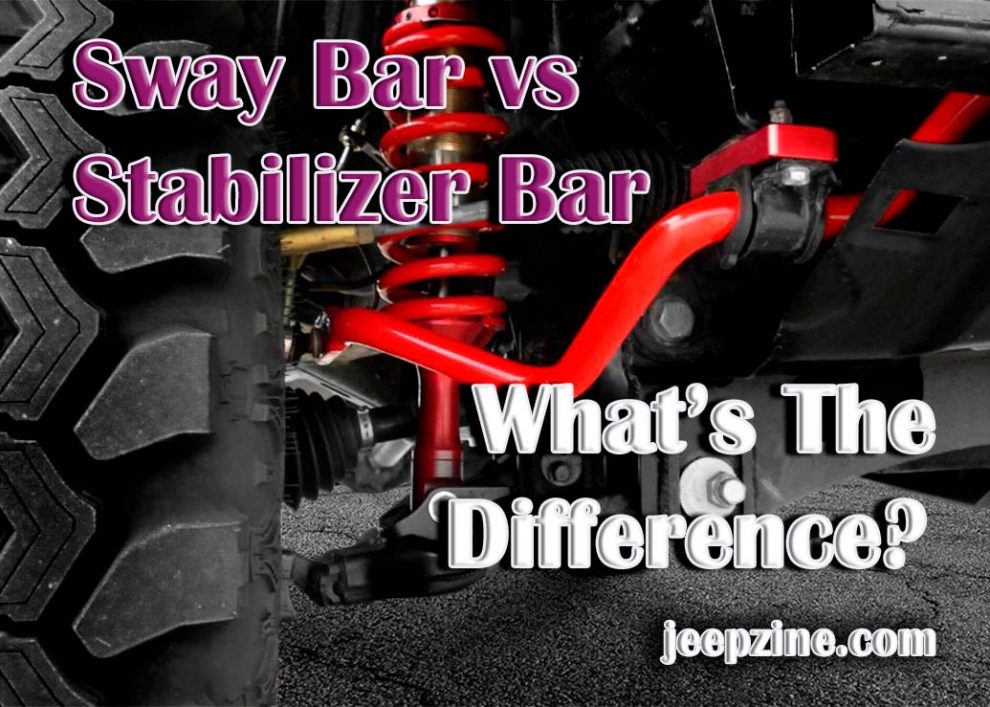Understanding the role and differences between sway bars and stabilizer bars is crucial for optimal vehicle handling and performance. These components, sometimes referred to as bars or anti-roll bars, play a pivotal role in reducing body roll and enhancing a car’s cornering capability. This article delves into their functionalities, their work in tandem with various suspension systems, and their pros and cons.
Sway bars and stabilizer bars are both suspension components that help reduce body roll while cornering. Both components work in essentially the same way, but there are some differences between them.
How Do Sway Bars Work?
A sway bar (also known as an anti-roll bar) is a metal rod that connects the left and right sides of a vehicle’s suspension system. As the vehicle takes a turn, the outside wheel will experience less body roll than the inside wheel due to centrifugal force. The sway bar works by transferring this force from one side of the car to another, reducing body roll on both sides of the vehicle.
How Do Stabilizer Bars Work?
Stabilizer bars (also known as anti-sway bars) work similarly to sway bars in that they connect both sides of a car’s suspension system together. However, stabilizer bars typically have an additional feature – they can be adjusted in order to vary how much load is transferred from one side of the car to another.
-
Working with Coil Springs
Stabilizer bars can be used in conjunction with coil springs to reduce body roll while cornering. The stabilizer bar will transfer force from one side of the car to another, reducing the amount of body roll experienced on each side. -
Working with Leaf Springs
Stabilizer bars can also be used in conjunction with leaf springs (such as those found on SUVs and pickup trucks). By transferring force from one side of the vehicle to another, stabilizer bars help reduce body roll while cornering, even when using leaf springs instead of coil springs. -
Working with Torsion Springs
Some vehicles use torsion springs instead of coil or leaf springs for their suspension system, and stabilizer bars can also be used in this situation. By connecting both sides of the suspension together, a stabilizer bar helps reduce body roll while cornering without having to resort to stiffer torsion spring rates. -
Anti-Roll Kit for Rear Suspension Systems
For vehicles that have a rear suspension system (such as an independent rear suspension), an anti-roll kit can be used to further reduce body roll. The kit is essentially a combination of a stabilizer bar and other components (such as mounting plates, stiffer bushings, etc.), and it helps reduce body roll by connecting the left and right sides of the suspension system together. -
Benefits of Stabilizer Bars
Stabilizer bars offer several benefits, including improved handling and reduced body roll. They can also help improve traction by evenly distributing load across the tires, which in turn helps the vehicle’s grip on the road surface.
Difference Between Sway and Stabilizer Bars

Bars and Sway Systems
Both sway bars and stabilizer bars work in tandem with various components of the vehicle’s suspension system. Whether paired with coil springs, leaf springs, or torsion springs, these bars are designed to maximize the effectiveness of the suspension, ensuring that the body of the car remains stable during turns.
For those vehicles equipped with both front and rear suspensions, integrating bars or anti-roll bars can further enhance stability. This becomes evident in situations where the front tires may experience different forces compared to the rear tires, such as during sharp turns. An anti-roll kit for rear suspension systems can be especially beneficial in these scenarios.
Additional Considerations

It’s also essential to understand the vehicle’s inherent tendencies, like understeer or oversteer, and how the bars might influence these characteristics. For instance, a front bar that’s too stiff might increase understeer, while an overly stiff rear bar could induce oversteer. Proper calibration and understanding of the vehicle’s behavior can help in selecting the right bar.
Conclusion
Sway bars and stabilizer bars are both suspension components that help reduce body roll while cornering. Both components work in essentially the same way, but there are some differences between them. Sway bars connect the left and right sides of a vehicle’s suspension system, while stabilizer bars typically have an adjustable feature that allows for varying amounts of force transfer from one side of the car to another. Both components offer several advantages, such as improved handling and reduced body roll while cornering; however, they can also make a vehicle more difficult to control in certain situations. Ultimately, it’s up to you to decide which option is best for your car’s suspension system.





Add Comment